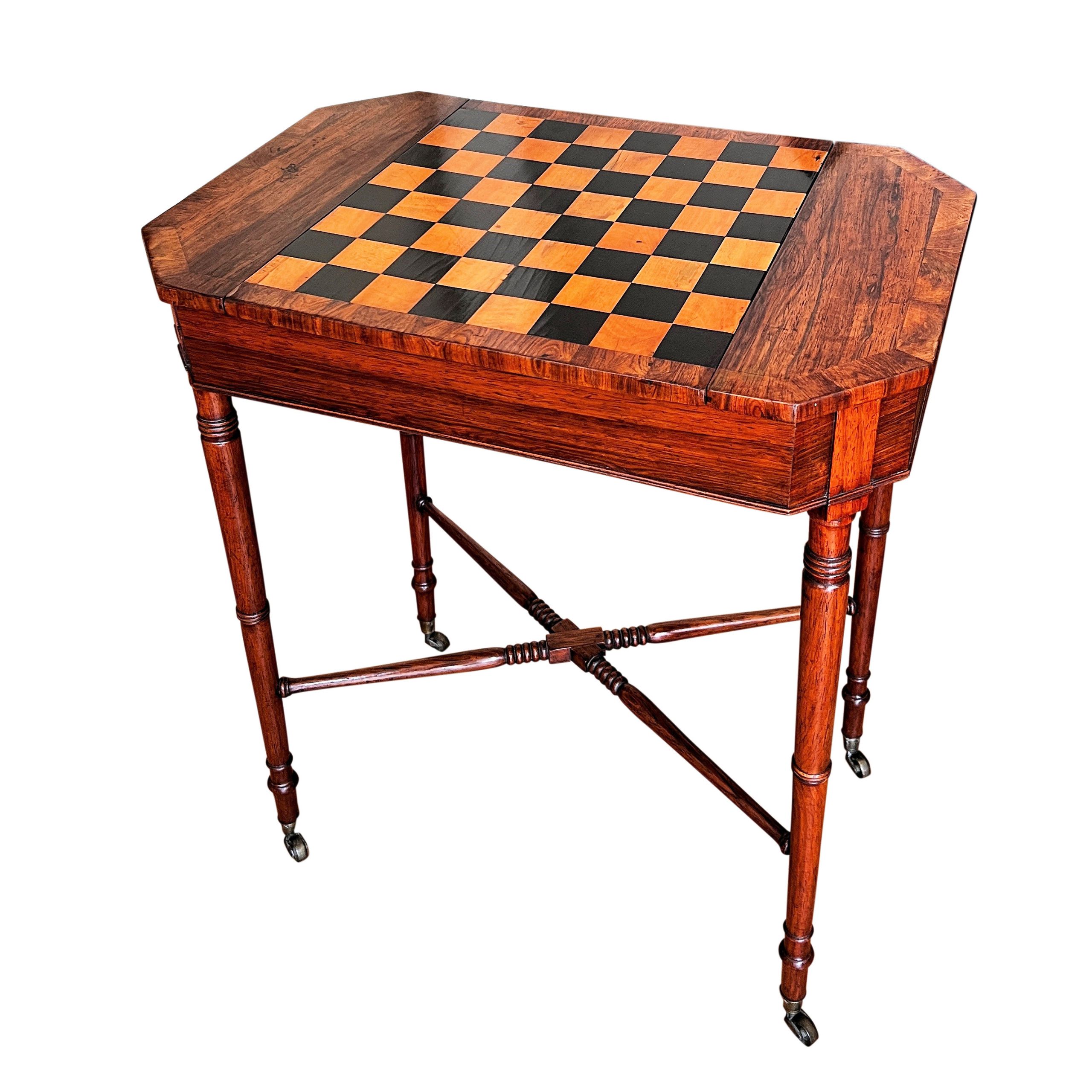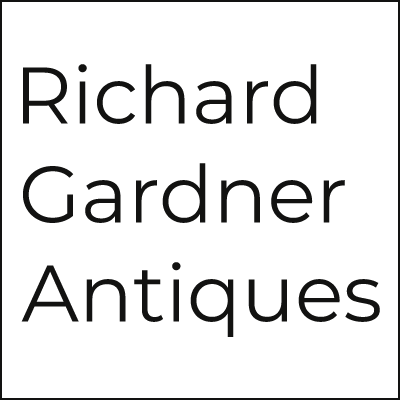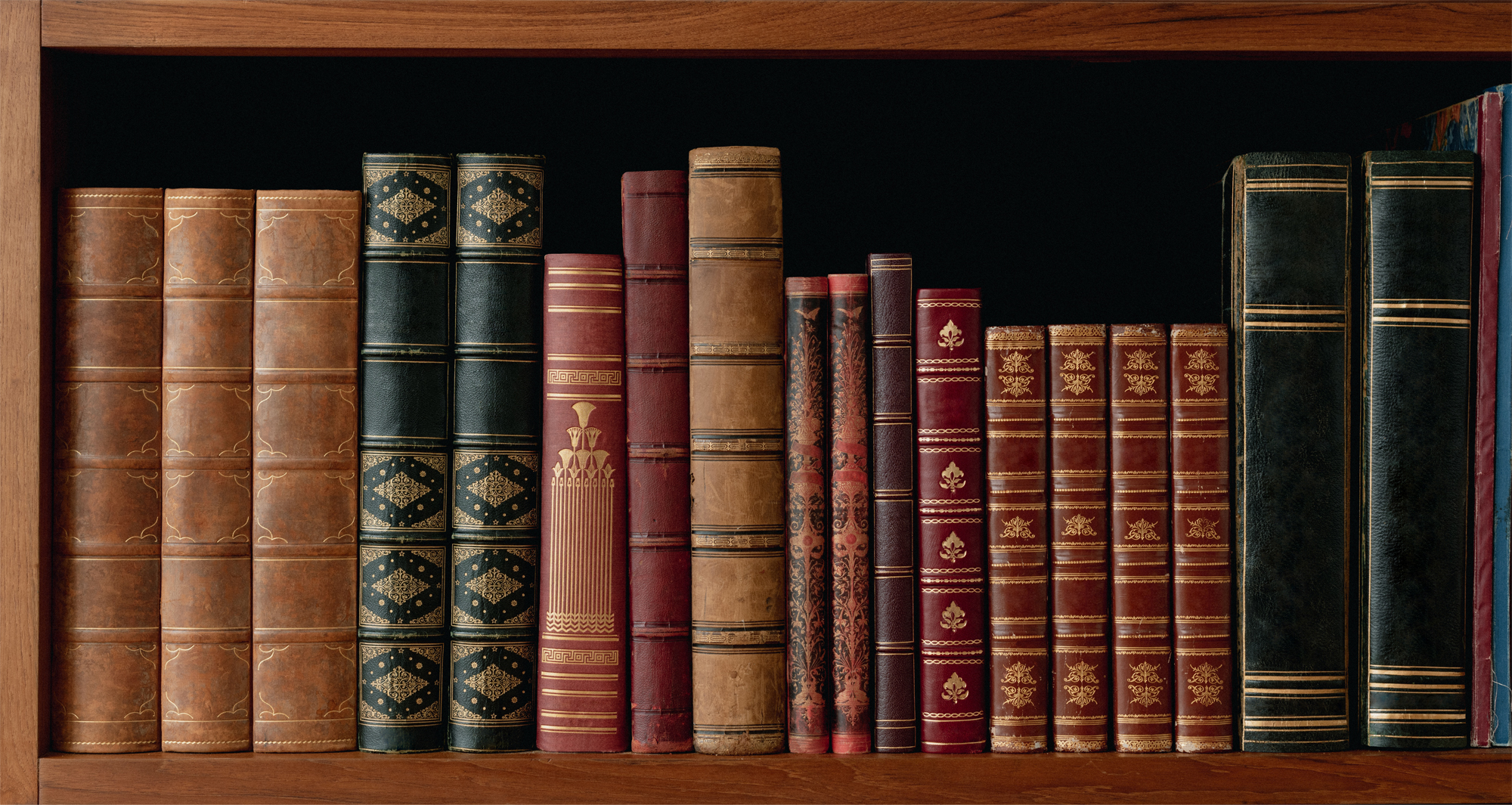Antique Chess Sets
The Beauty of Chess
 So often one sees articles on the history of chess and frankly, to a chess collector it is probably the last thing on his/her mind.
So often one sees articles on the history of chess and frankly, to a chess collector it is probably the last thing on his/her mind.
Certainly the history and provenance of the set and history (in its empirical sense) as it relates to the set and its life but the history of chess itself has little place to the collector.
A set to touch, admire and perhaps even play with comes first and then the set’s history and who might have carved it, owned it or played with it. That is a true collector’s joy.
Chess sets are one of the most diverse of collectibles both in terms of price (£20 to over £1million), age (1000 AD and before to 2014), style (from blocks of stone to intricate figural sets), material (from wood to gold) and size (from minute to gigantic).
Most collectors start with a playing set which has the virtue of being predominantly non-figural other than certain “bust” sets where the major pieces and the bishops are sometimes very fine carvings of real individuals. The collectors’ world is dominated by the name of Jaques and the Staunton style.
Jaques sets are the pinaccle of playing sets and Alan Fersht has published the ultimate guide to Jaques sets. From 1849 to 2014, tens of thousands of Jaques stamped and signed sets have been sold and cherished and in material as diverse as ivory (£2,000 to £120,000) Bone (status quo travelling sets) and wood (a good early club sized set will cost you up to £5000): there are opportunities for every pocket.
Then there are the Jaques predecessors and competitors such as Lund, Calvert, Hastilow, Whitty and so on.
Beyond that the Americans (George Washington was a chess fan), Europeans and the Islamic world generally all designed the finest non-figural playing sets, often with the only the knight having any figural element to it, (the finest knights were often carved for the finest sets).
The greatest collection of playing sets on this earth is available for all to see at www.crumiller.com.
Collecting playing sets is often the starting point for chess players and it is a minefield.
Historically the key factors are: maker, age, material, size and provenance. Sets are measured by the height of the king and certainly with Staunton sets, being “weighted” is often a decided plus.
Always keep an eye out for fake or “matched” sets where the pieces are not original or heavily and badly restored. Take advice from a specialist.
Don’t forget also that to play or display a set you will need a chess board and often a matching board of any note and of quality construction could cost nearly as much as the set itself.
Large Jaques boards from the 19th century can cost up to £3000 if they are stamped and some collectors buy only chess boards and game boxes (which date back to the 15th century and further). A board where the ownership was attributed to Charles I sold for in excess of £500,000 last year.
So what about the figural sets? To be frank, most are for display only and playing a serious game of chess is just not possible but once you have taken the step of buying your first figural set then you have entered a magical heaven of some of the finest sculpture and art work the world has ever known.
Look at the picture of the John Company set which now sits in the Crumiller collection. It is one of the finest John Company sets (India about 1820) in the world and stands out for the impression of movement it creates.
Study the Crumiller collection at your leisure. There are hundreds of figural sets of all types, sizes, material and value.
One of the real advantages of buying a figural set is that generally price is related to the type, the material and the sheer quality of the workmanship. A copy of “Chess Men” by Keats will give you a good idea of many of the different types and get you used to the names: John Company, George III Cantonese, Macao, Kholmogory, Pulpit, Kashmir, Pepys etc
Generally the more different figures there are the higher the value (are the black and white side the same or are there two different armies) and whilst provenance will enhance the value it is not as important as it is with playing sets in distinguishing one set from another.
For example a 4” Whitty Staunton is worth a third of the value of a Jaques Staunton of the same date but for two French figural sets from Paris about 1840 the same size in ivory, the value will purely be dictated by quality.
There are hundreds of different types of figural sets ranging from Alice in Wonderland plastic sets for a few pounds to the grandest 17th century Augsburg sets at £400,000.
The “Waltham” classification of chess sets.
The best piece of advice I can give to you on buying sets (perhaps just one or two sets or building a collection), is to decide what your budget is and then buy the best you can within that budget.
To me there are the following Type classes:
The highest classification is Waltham Class 1 and generally is the domain of the dedicated and often wealthy collector.
To be even considered as class one it has to fulfil the following:
Playing:
1) Probably one of the top six known of its type.
2) Factors to consider: Materials used, Provenance, originality, rarity, desirability
Figural:
1) Probably one of the top six known of its type
2) Very fine workmanship (true museum quality)
3) Factors to consider: Originality, rarity, desirability, provenance, craftsmanship
Investment Potential
Who knows! Those who have invested wisely and followed the rules now have collections worth many times the purchase price but like any form of alternative investment there has to be a readjustment of prices at some time. The strength of the market is that there are a growing number of wealthy purchasers and collectors and that stimulates every sale.
However two things have occurred which are typical of a maturing market. Buyers are wiser and more careful which means that it has to be a good set to command the best prices and the greatest demand and the greater values mean the con artists are now around in numbers:
Matched, restored, fake, copied and dodgy provenance sets.
Whether you are investing £500 or £500,000 it does matter that you take care and advice.
My Tip for 2014
1) Class 1 sets will continue to rise. If you can buy just one you will be happy for the rest of your life. I have owned many and most of them (bar about 6) sit in the finest collection such as Jon Crumiller’s, but they do change hands. You just might have to make the highest bid!
2) Watch out for the finer miniature sets (not necessarily travel sets). An under-rated market.
3) Chess Ephemera. For some reason the chess world has spent a lot of money on everything from trophies to special clocks and boards to commemorate famous games and tournaments. A framed scoresheet between two old grandmasters of note is a beautiful piece of history and a delightful item to frame and sit on a wall. Just a few hundred pounds will buy you the best. Only last year a menu from the winners’ dinner in Rejyavik 1972 signed by both Fischer and Spassky went for under £1000 multiply that by 5 within a couple of years. Did Fischer and Spassky both sign anything else other than their game score sheets?
4) Compendiums. Richard Gardner sold one the finest Compendium ever a few years ago for under £10,000. That same item today would have doubled in value. The price of the finest compendiums will not rise too much now but the supply will run out and they are the most beautiful of items in any quality home or office.
5) 18th Century playing sets and boards
The 18th century was not the greatest of periods for playing sets. Fine knights were not yet the order of the day, bishops were simple and the turning machines were not efficient.
But they are over 200 years old and becoming desperately rare. At the moment you can still buy a set (wood ivory or bone) for a few hundred pounds but that is changing rapidly.
To see a selection of antique chess sets and related items for sale click here


